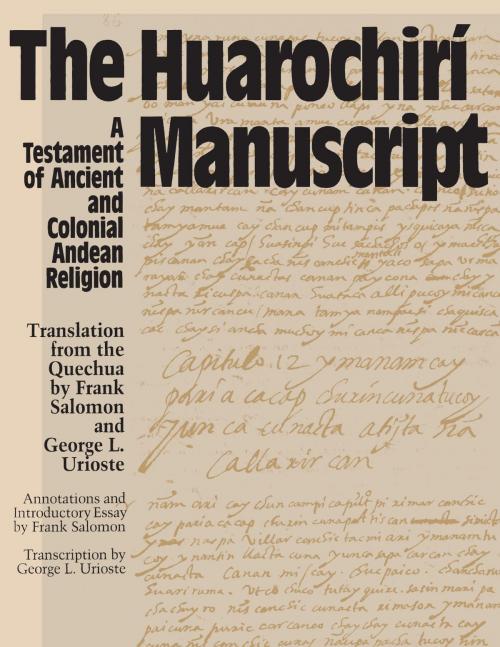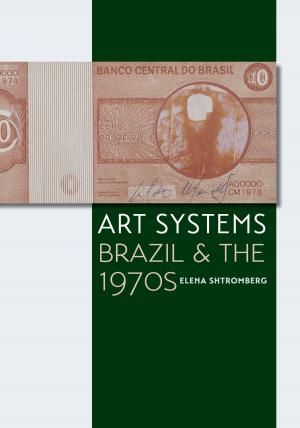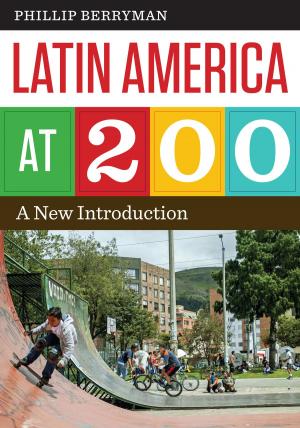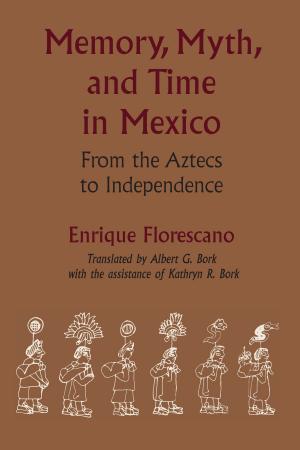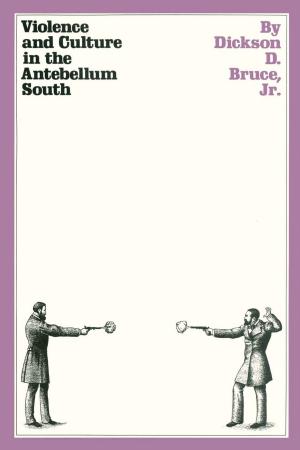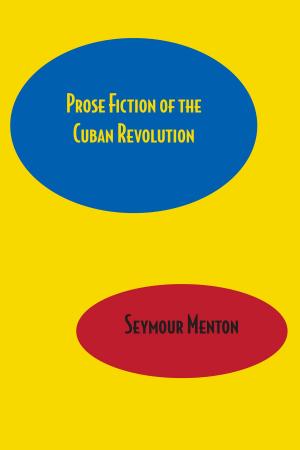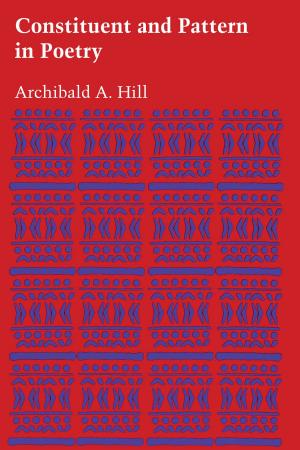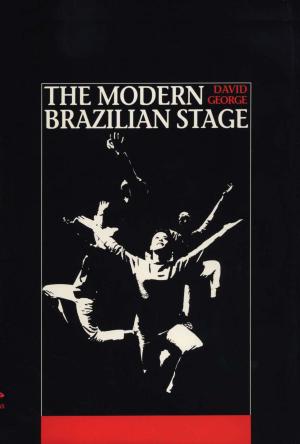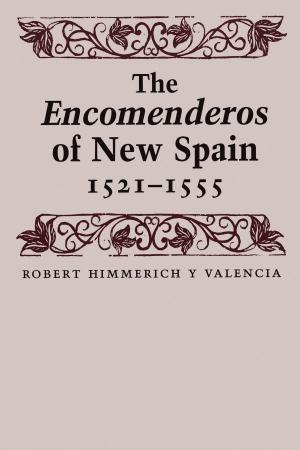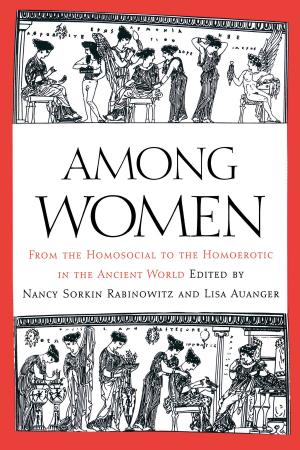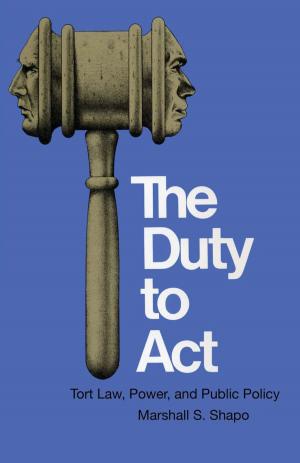The Huarochiri Manuscript
A Testament of Ancient and Colonial Andean Religion
Nonfiction, Social & Cultural Studies, Social Science, Archaeology| Author: | ISBN: | 9780292787643 | |
| Publisher: | University of Texas Press | Publication: | July 5, 2010 |
| Imprint: | University of Texas Press | Language: | English |
| Author: | |
| ISBN: | 9780292787643 |
| Publisher: | University of Texas Press |
| Publication: | July 5, 2010 |
| Imprint: | University of Texas Press |
| Language: | English |
One of the great repositories of a people's world view and religious beliefs, the Huarochir Manuscript may bear comparison with such civilization-defining works as Gilgamesh, the Popul Vuh, and the Sagas. This translation by Frank Salomon and George L. Urioste marks the first time the Huarochir Manuscript has been translated into English, making it available to English-speaking students of Andean culture and world mythology and religions.The Huarochir Manuscript holds a summation of native Andean religious tradition and an image of the superhuman and human world as imagined around A.D. 1600. The tellers were provincial Indians dwelling on the west Andean slopes near Lima, Peru, aware of the Incas but rooted in peasant, rather than imperial, culture. The manuscript is thought to have been compiled at the behest of Father Francisco de Avila, the notorious "extirpator of idolatries." Yet it expresses Andean religious ideas largely from within Andean categories of thought, making it an unparalleled source for the prehispanic and early colonial myths, ritual practices, and historic self-image of the native Andeans.Prepared especially for the general reader, this edition of the Huarochir Manuscript contains an introduction, index, and notes designed to help the novice understand the culture and history of the Huarochir-area society. For the benefit of specialist readers, the Quechua text is also supplied.
One of the great repositories of a people's world view and religious beliefs, the Huarochir Manuscript may bear comparison with such civilization-defining works as Gilgamesh, the Popul Vuh, and the Sagas. This translation by Frank Salomon and George L. Urioste marks the first time the Huarochir Manuscript has been translated into English, making it available to English-speaking students of Andean culture and world mythology and religions.The Huarochir Manuscript holds a summation of native Andean religious tradition and an image of the superhuman and human world as imagined around A.D. 1600. The tellers were provincial Indians dwelling on the west Andean slopes near Lima, Peru, aware of the Incas but rooted in peasant, rather than imperial, culture. The manuscript is thought to have been compiled at the behest of Father Francisco de Avila, the notorious "extirpator of idolatries." Yet it expresses Andean religious ideas largely from within Andean categories of thought, making it an unparalleled source for the prehispanic and early colonial myths, ritual practices, and historic self-image of the native Andeans.Prepared especially for the general reader, this edition of the Huarochir Manuscript contains an introduction, index, and notes designed to help the novice understand the culture and history of the Huarochir-area society. For the benefit of specialist readers, the Quechua text is also supplied.
